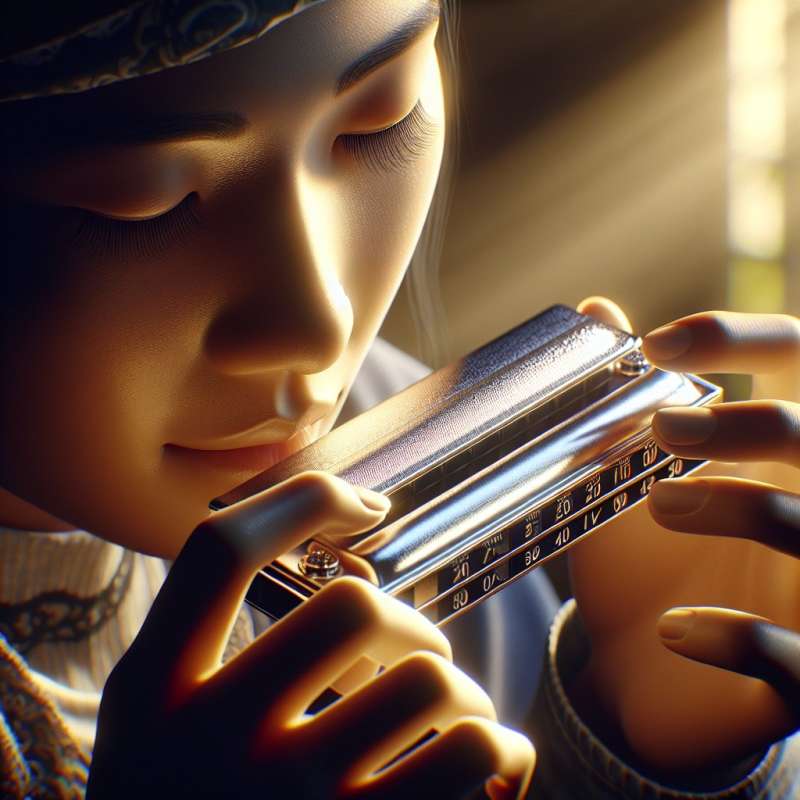
Harmonica Origins and Evolution
The harmonica, often called a French harp, was developed in Europe in the early 19th century. It evolved from free reed instruments in Asia, becoming popular worldwide for its portability and expressive sound.
Types of Harmonicas
Harmonicas come in many forms: diatonic, chromatic, tremolo, and octave. Each type offers various scales and sounds, with the diatonic being the most common for blues, rock, and folk music.
Unique Playing Techniques
Advanced techniques like bending and overblowing allow players to reach notes outside the harmonica's standard range, creating a more versatile sound palette and enabling complex music pieces.
Harmonica in Orchestral Music
Contrary to its humble image, the harmonica has graced orchestral compositions. The 'Concerto for Harmonica' by Heitor Villa-Lobos showcases the instrument's classical potential.
Famous Harmonica Players
Larry Adler and Toots Thielemans brought the harmonica to new heights in jazz. Bob Dylan and Neil Young popularized it in folk and rock, influencing countless musicians.
Harmonica Making Process
High-quality harmonicas are often hand-made, with precise reed tuning and assembly. Customization can adapt instruments to individual playing styles, optimizing tone and responsiveness.
Harmonica in Film Scores
The harmonica's evocative tones color film scores, creating mood and emotion. Ennio Morricone famously used it in 'Once Upon a Time in the West' for a haunting cowboy theme.
What nickname is given to harmonicas?
European wind
French harp
Asian reed
Company